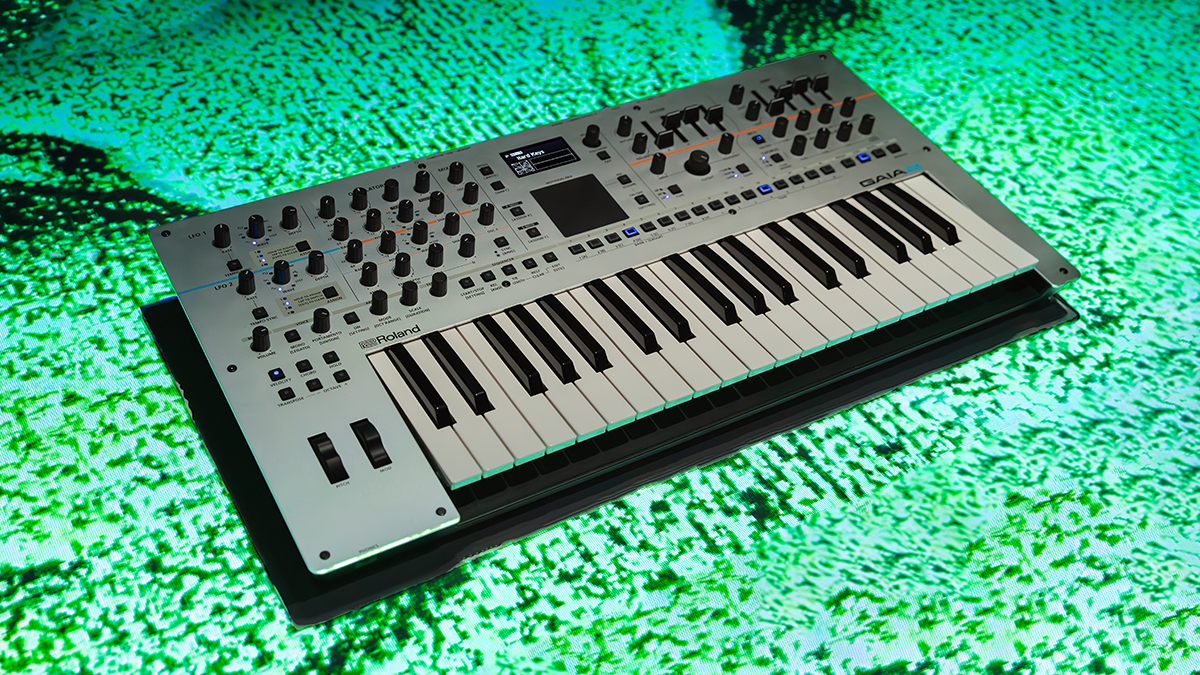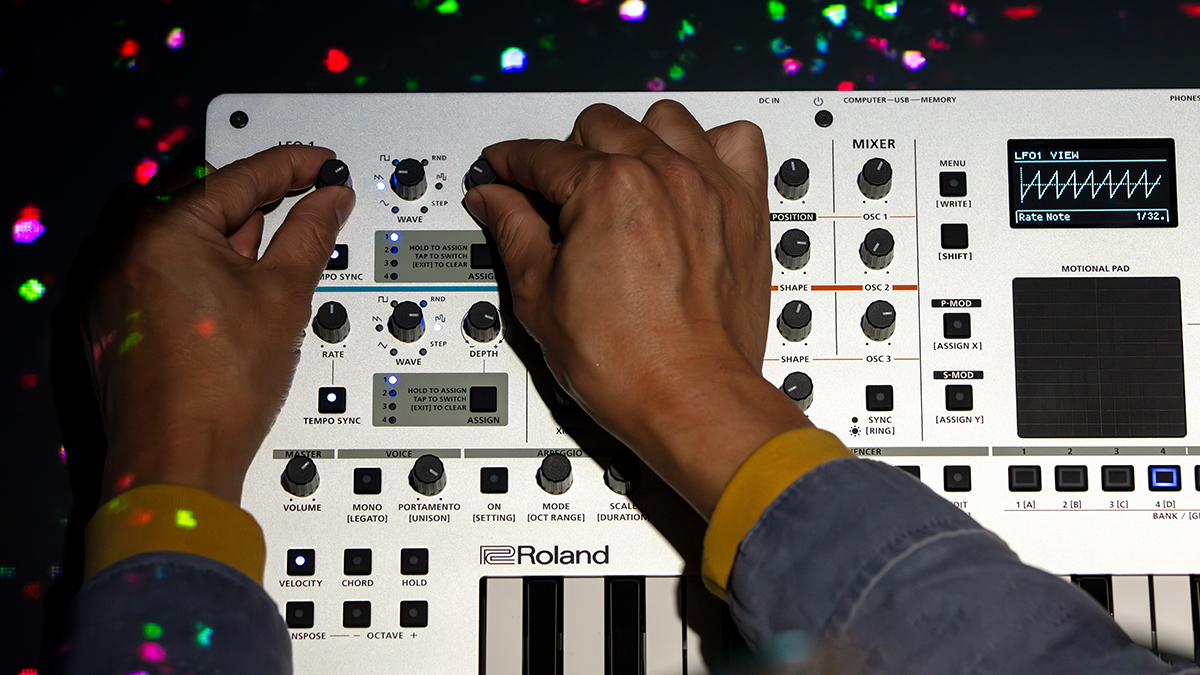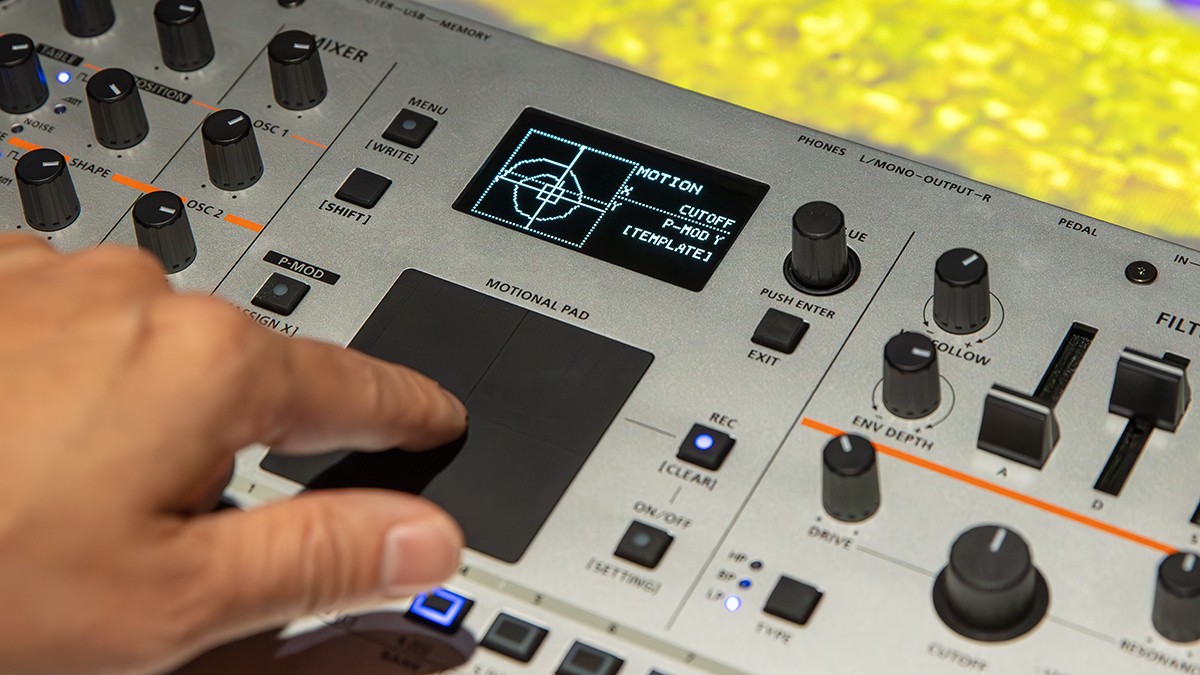Gaia 2: Roland revives its 2010 synth with a new hybrid wavetable and virtual analogue sound engine
Tweak-friendly instrument also offers Model Expansion support and has a built-in SH-101 emulation
We’d be lying if we said that we were expecting Roland’s next release to be a successor to its 2010 Gaia SH-01 synth, but we’ll certainly take it. Not least because Gaia 2 looks to be a significant step up from its forebear, being based on a new hybrid sound engine that puts a wavetable oscillator alongside two virtual analogue ones.
Said wavetable oscillator is capable of morphing between multiple waveforms, with phase and shape modulation options being on hand to distort these waveforms and create complex overtones. The VA oscillators, meanwhile, are tasked with emulating classic synth tones and generating more contemporary ones.
Speaking of classic synths, Gaia 2 is compatible with Roland’s Model Expansions, which means that you can load it up with an instrument - the Jupiter-8 or Juno-106, for example - from the company’s illustrious back catalogue and play it on the 37-note full-size keyboard. One such Expansion, the SH-101, comes pre-installed.


The Gaia 2’s one-control-per-function interface is set against a white anodised aluminium panel, while the assignable X/Y Motional Pad enables real-time parameter morphing with a drag of your finger. These movements can be recorded, too.
Other features include a sequencer that offers random pattern generation, 50 ‘MFX’ effects, dedicated chorus and reverb/delay sections and class-compliant USB-C MIDI/audio interfacing with your computer, phone or tablet. There’s support for Roland Cloud Connect, too, meaning that you can access Roland Cloud content via your mobile device if you buy the requisite wireless adapter.
Find out more about Gaia 2 on the Roland website. The price and release date are TBC.

Get the MusicRadar Newsletter
Want all the hottest music and gear news, reviews, deals, features and more, direct to your inbox? Sign up here.



I’m the Deputy Editor of MusicRadar, having worked on the site since its launch in 2007. I previously spent eight years working on our sister magazine, Computer Music. I’ve been playing the piano, gigging in bands and failing to finish tracks at home for more than 30 years, 24 of which I’ve also spent writing about music and the ever-changing technology used to make it.
“Do you dare to ditch those ‘normal’ beats in favour of hands-on tweaking and extreme sounds? Of course, you do”: Sonicware CyDrums review
“Excels at unique modulated timbres, atonal drones and microtonal sequences that reinvent themselves each time you dare to touch the synth”: Soma Laboratories Lyra-4 review









